Why Are Magnet Prices Fluctuating? A Look at the Global Rare Earth Market
The price of neodymium magnets continues to shift due to changes in the global economy. Businesses relying on industrial magnets often experience unexpected cost variations. But what’s causing this instability? The answer lies in the complexities of the global rare earth market. Here’s a closer look at the key factors influencing pricing and what businesses looking for magnets in Canada need to know.
Understanding the Rare Earth Market
Neodymium magnets are made from rare earth elements such as neodymium, praseodymium, and dysprosium. The majority of these materials come from China, which controls over 85% of the global rare earth supply. Since rare earth metals are essential for electronics, automotive, and clean energy sectors, any disruption in the supply chain can impact pricing.
Key Factors Affecting Magnet Prices
1. Supply Chain Disruptions
Recent global events, including geopolitical tensions and pandemic-related shutdowns, have severely impacted rare earth mining and production. Trade restrictions and fluctuating availability continue to cause pricing instability.
2. Increased Demand for Green Energy and EVs
The rising demand for renewable energy solutions, such as wind turbines and electric vehicles (EVs), is driving up competition for rare earth materials. This heightened demand directly affects the cost of neodymium magnets.
3. Government Regulations and Export Controls
Many countries are imposing stricter environmental regulations on rare earth mining, which limits production rates and raises costs. China has also implemented export restrictions, reducing supply to international markets.
4. Currency Exchange Rates
For businesses purchasing magnets in Canada, currency exchange rates play a significant role in pricing. Because rare earth materials are traded globally, fluctuations in major currencies like the US dollar and Chinese yuan impact overall costs.
How Businesses Can Adapt to Magnet Price Fluctuations
Despite these challenges, companies can take proactive steps to mitigate cost impacts:
- Secure long-term supplier agreements – Working with a trusted supplier like Magfine can help stabilize pricing and ensure consistent quality.
- Explore alternative magnet solutions – Some applications may be suitable for ferrite or alnico magnets, which are less susceptible to rare earth price fluctuations.
- Monitor market trends – Staying informed about rare earth price shifts helps businesses anticipate changes and plan accordingly.
Why Choose Magfine for Your Industrial Magnet Needs?
At Magfine Corporation, we provide high-quality neodymium magnets for industrial and commercial applications. With competitive pricing, bulk ordering options, and expert support, we help businesses navigate the evolving rare earth market.
Frequently Asked Questions (FAQ)
Q: How often do neodymium magnet prices change?
A: Prices can fluctuate monthly or even weekly based on supply and demand.
Q: Are there alternative magnets that are less affected by rare earth price changes?
A: Yes, ferrite and alnico magnets provide more stable pricing options for some applications.
Q: Can I lock in magnet prices for bulk orders?
A: Yes! Contact Magfine Corporation to discuss long-term pricing solutions.

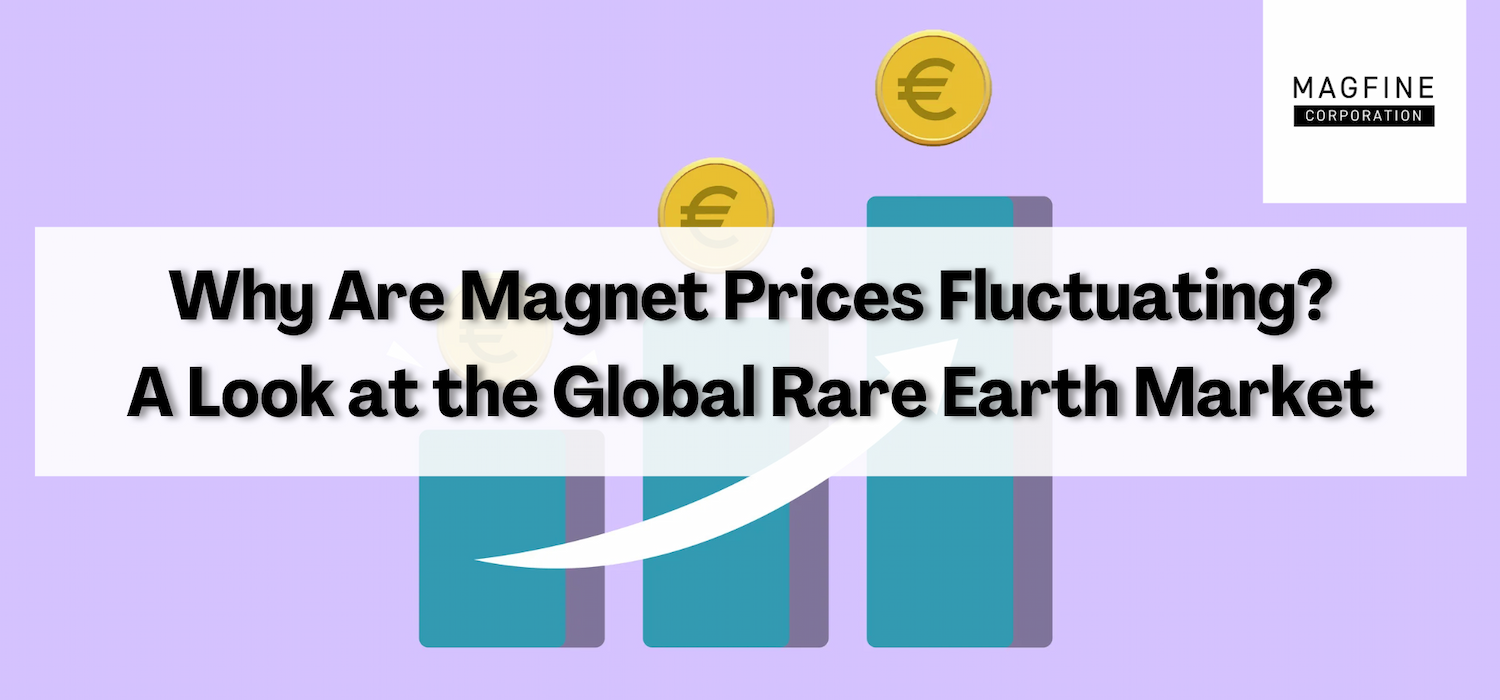
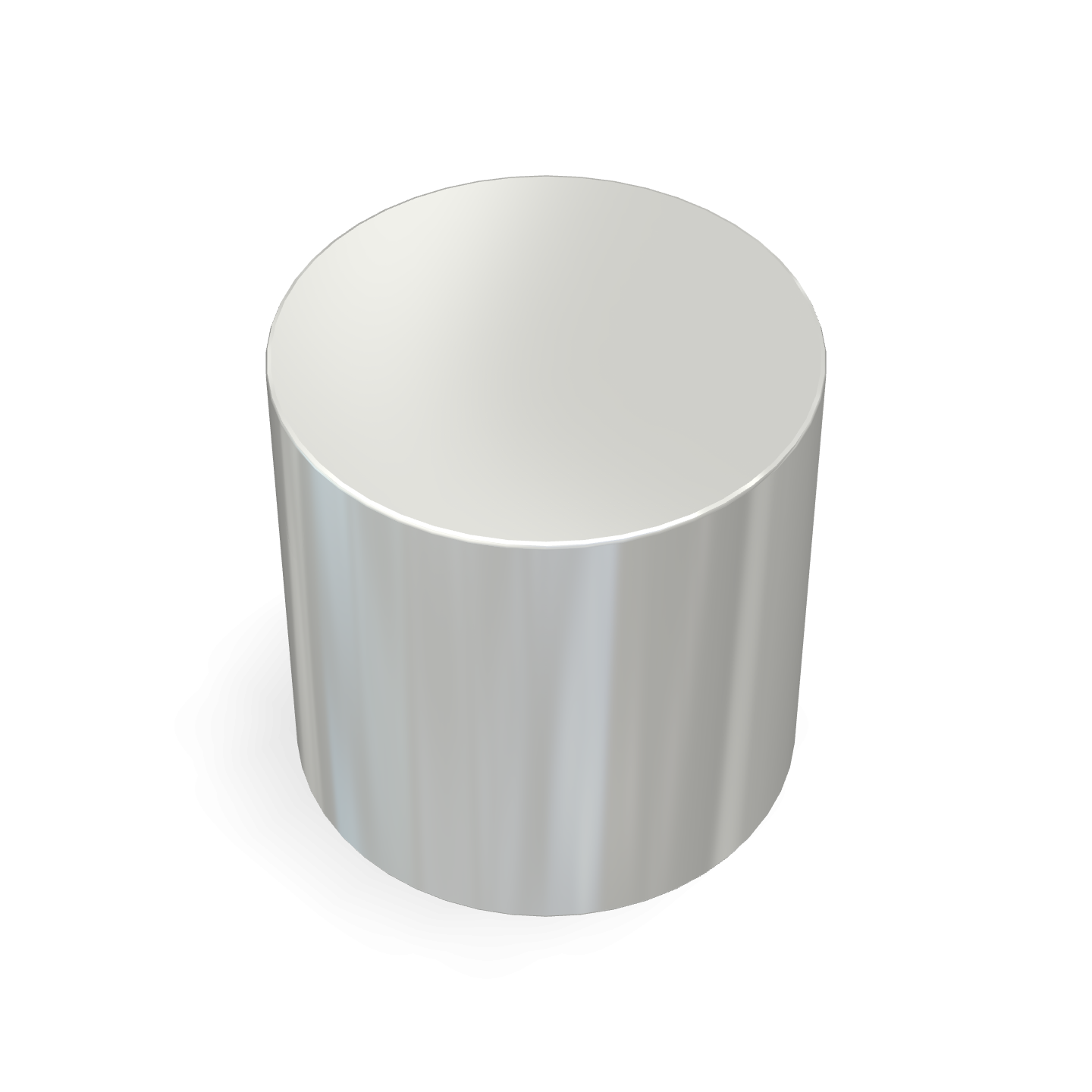

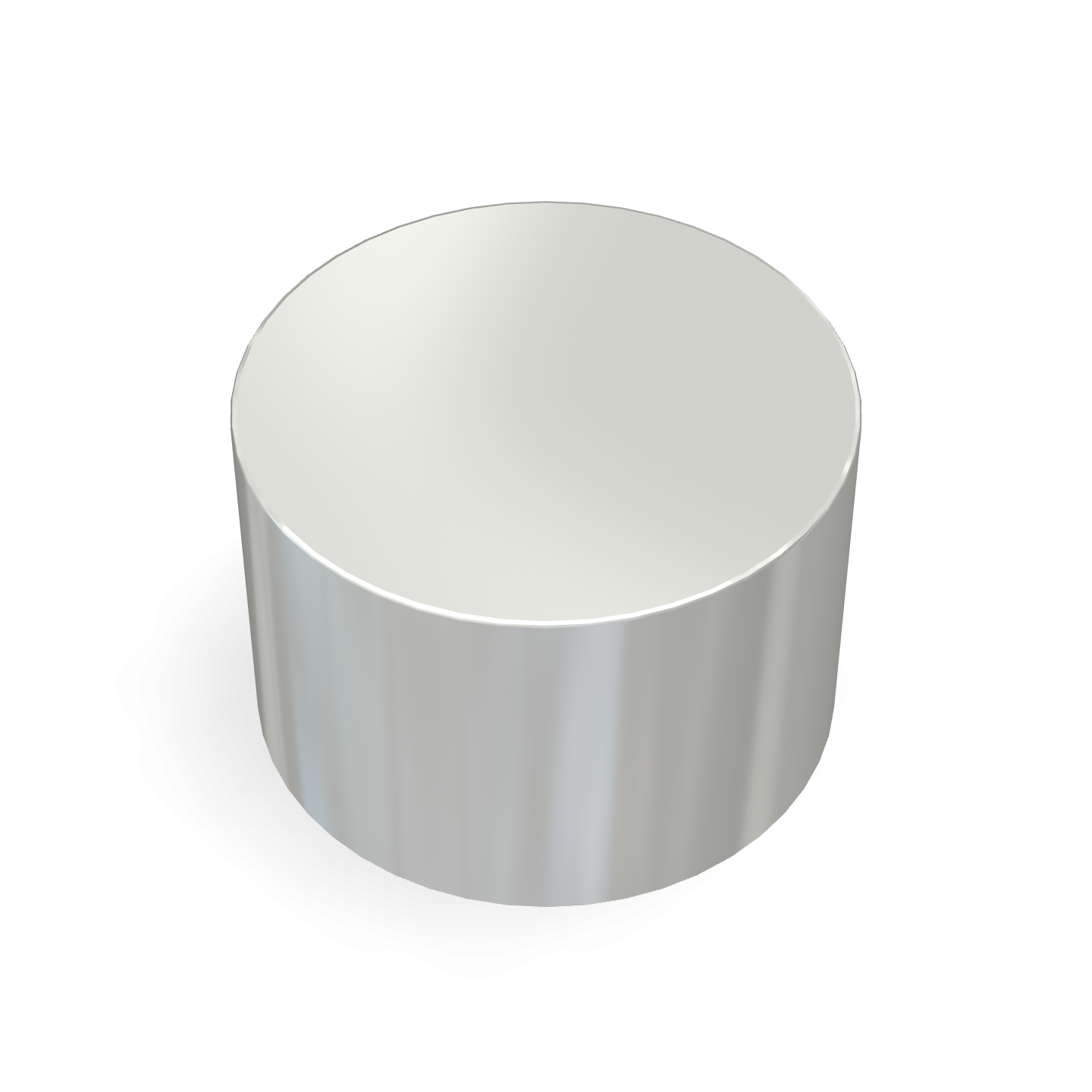

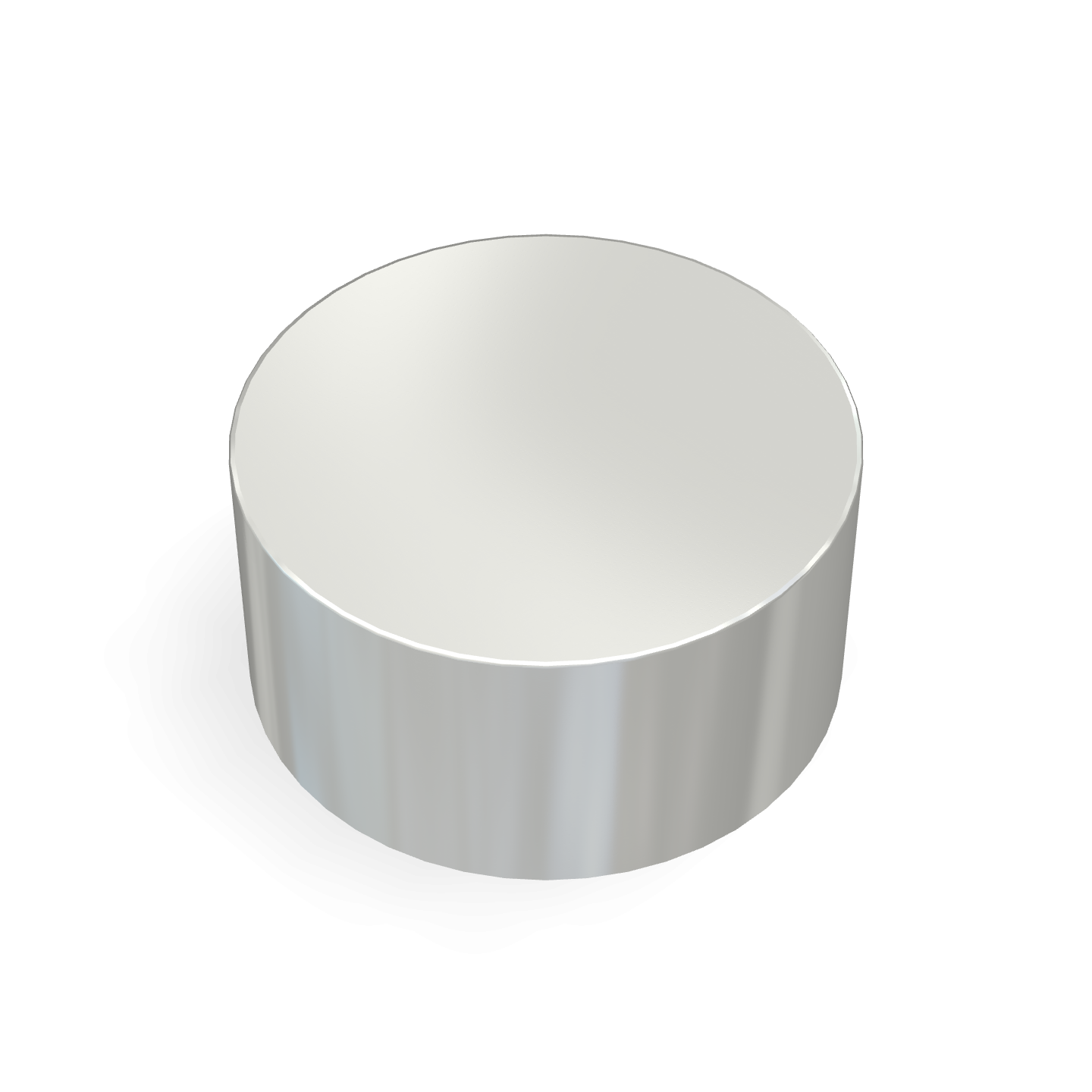

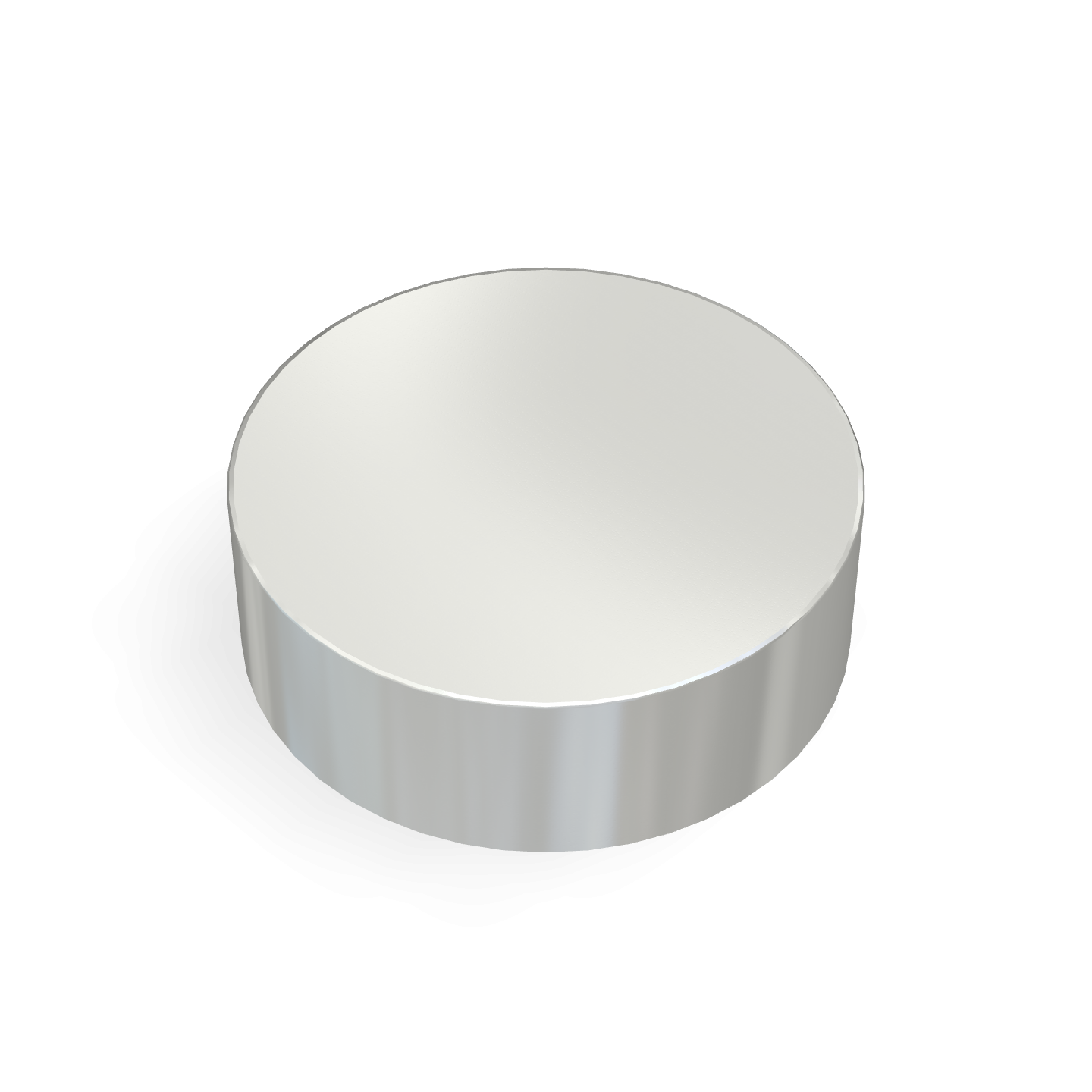

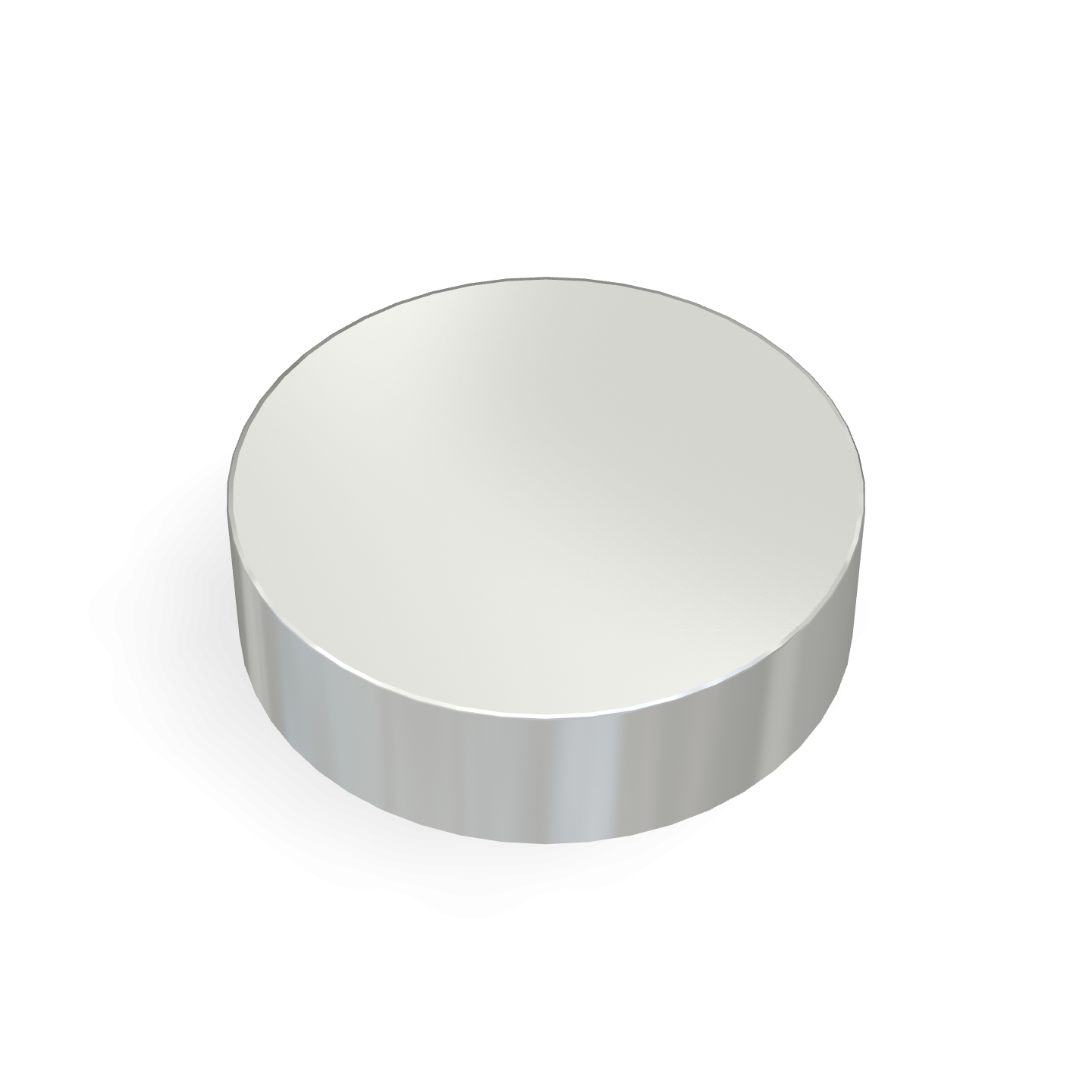

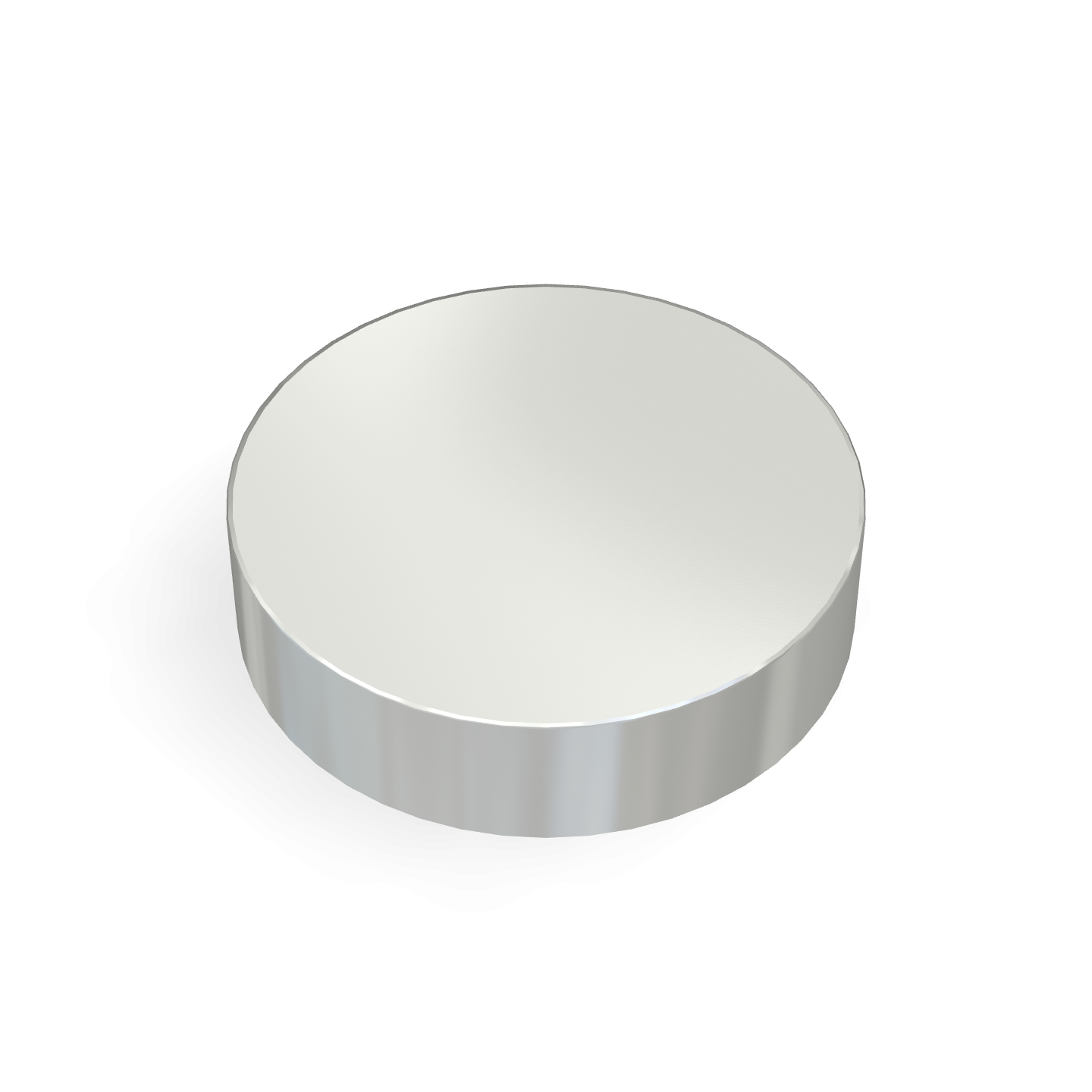

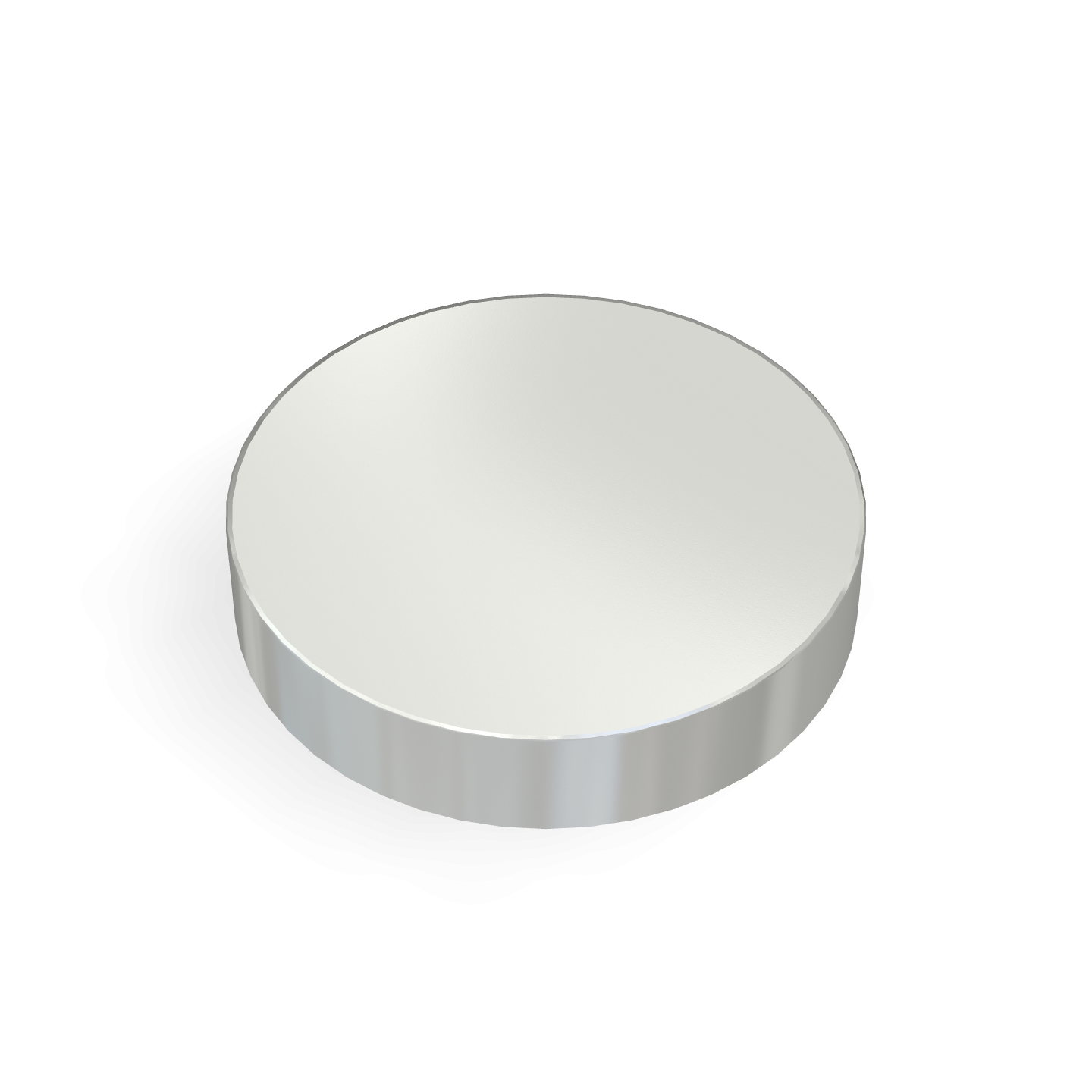

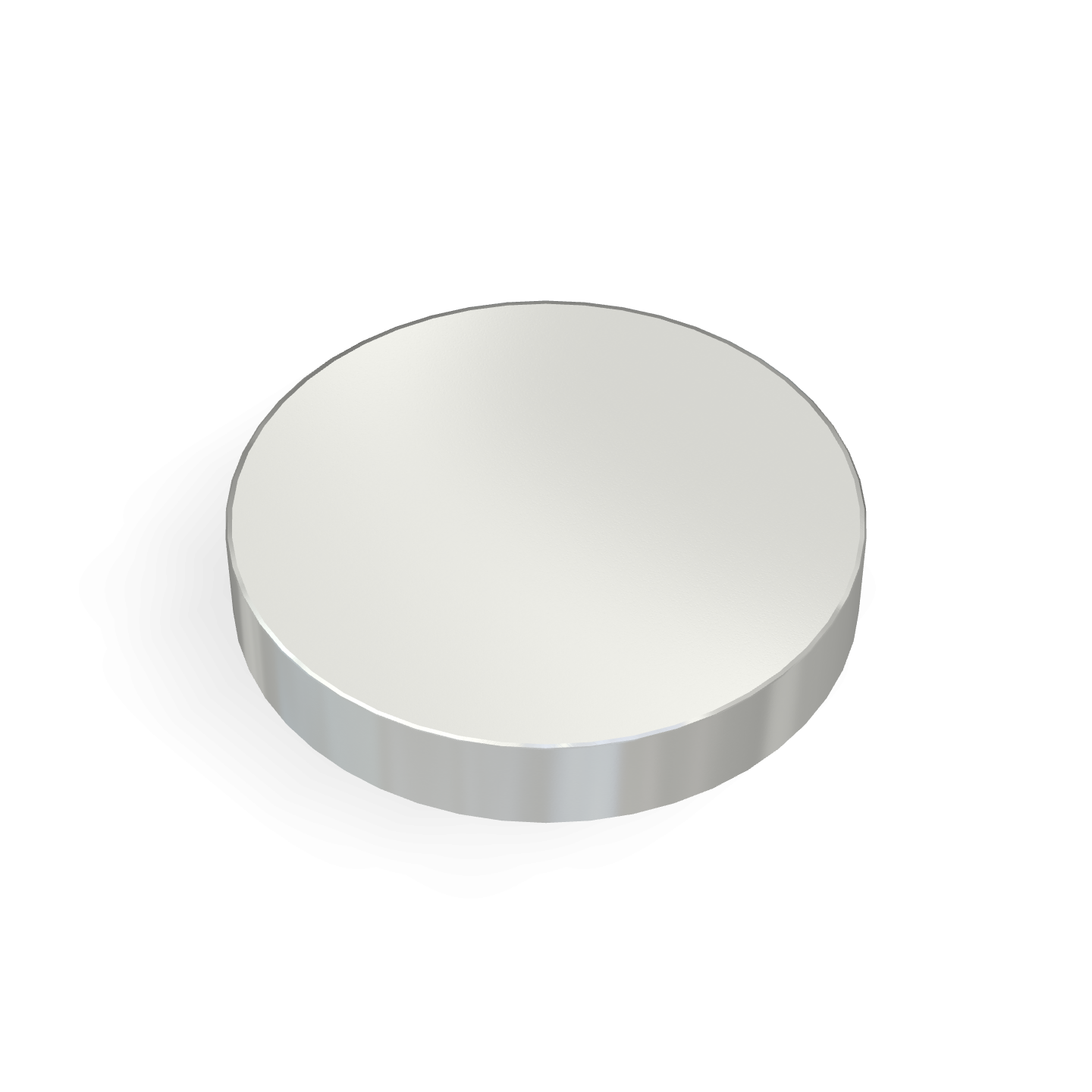



1 comment
Kent
Great article explaining how supply chain issues, demand in green tech, and geopolitical factors are driving magnet price fluctuations.